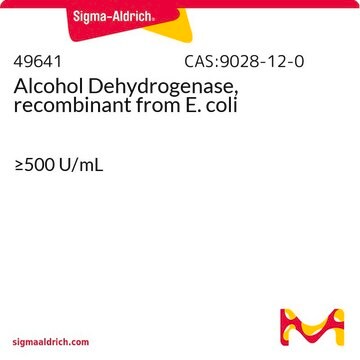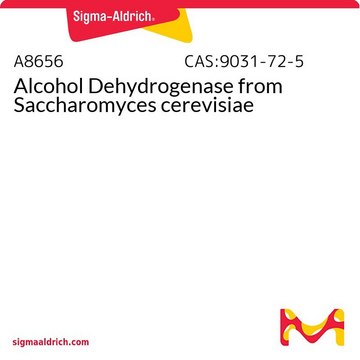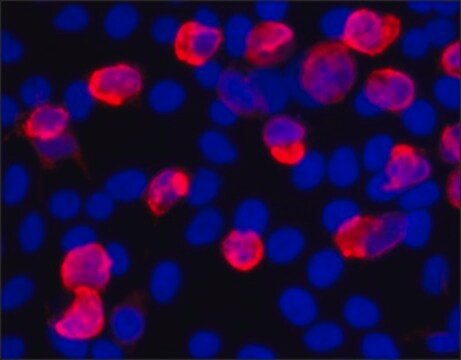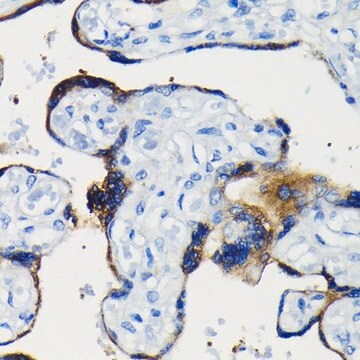MAB4349
Anti-TRA-2-49 Antibody, Liver/Bone/Kidney Alkaline Phosphatase, clone TRA-2-49/6E
clone TRA-2-49/6E, Chemicon®, from mouse
About This Item
Recommended Products
biological source
mouse
Quality Level
conjugate
unconjugated
antibody form
purified antibody
antibody product type
primary antibodies
clone
TRA-2-49/6E, monoclonal
species reactivity
rabbit, feline, pig, human
should not react with
rat, monkey, guinea pig, mouse
manufacturer/tradename
Chemicon®
technique(s)
flow cytometry: suitable
immunocytochemistry: suitable
immunofluorescence: suitable
immunoprecipitation (IP): suitable
input
sample type induced pluripotent stem cell(s)
sample type: human embryonic stem cell(s)
isotype
IgG1
shipped in
wet ice
target post-translational modification
unmodified
Related Categories
General description
Undifferentiated human Embryonal Carcinoma (EC) and Embryonic Stem (ES) cells have been shown to express very high levels of Alkaline Phosphatase isozyme that is indistinguishable from the isozyme found in liver, bone and kidney. Expression levels of AP decrease following stem cell differentiation. This clone can be used to monitor the expression of the Human Liver / Bone / Kidney isozyme of Alkaline Phosphatase (AP), and hence the differentiation status of human EC and ES cells by flow cytometry.
Specificity
Immunogen
Application
Immunofluorescence: A previous lot of this antibody was used in IF.
FACS Analysis: A starting range of 5-20 µg/mL is suggested.
Immunoprecipitation: A previous lot of this antibody was used in IP.
Optimal working dilutions must be determined by end user.
Stem Cell Research
Pluripotent & Early Differentiation
Target description
Physical form
Storage and Stability
Analysis Note
Undifferentiated human embryonic stem cells (H9 line). NTERA-2 cl.D1 whole cell lysate (pluripotent stem cells derived from teratocarcinoma and are considered the malignant counterparts of human embryonic stem cells)
Other Notes
Legal Information
Disclaimer
Not finding the right product?
Try our Product Selector Tool.
Storage Class Code
10 - Combustible liquids
WGK
WGK 2
Flash Point(F)
Not applicable
Flash Point(C)
Not applicable
Certificates of Analysis (COA)
Search for Certificates of Analysis (COA) by entering the products Lot/Batch Number. Lot and Batch Numbers can be found on a product’s label following the words ‘Lot’ or ‘Batch’.
Already Own This Product?
Find documentation for the products that you have recently purchased in the Document Library.
Our team of scientists has experience in all areas of research including Life Science, Material Science, Chemical Synthesis, Chromatography, Analytical and many others.
Contact Technical Service






